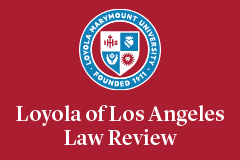Abstract
It was always assumed that “tax malpractice” referred to a situation in which an error occurred with respect to some tax provision or in a tax-related administrative or legal proceeding. However, several recent cases have expanded this thinking, introducing the possibility that tax malpractice may also occur where damages include an increase in taxes—irrespective of whether there was an error that directly involved tax law. Beginning with a discussion of the evolving definition of that term as seen in the New York cases of Serino v. Lipper and Bloostein v. Morrison Cohen LLP and whether these cases may have returned New York to its traditional negligence measure of damages in such tax malpractice situations, this Article presents a survey of current developments in the tax malpractice area.
While the existence of damages is an essential element of a tax malpractice claim, such damages may not become evident until many years after the negligence occurred, at which point the claim may be precluded by the statute of limitations or repose. This Article focuses on several thoughtful litigation strategies attempted by plaintiffs to navigate this dilemma. Also considered is the need for clear scope of engagement agreements between tax practitioners and clients to avoid protracted litigation; but even then, services rendered beyond the scope of engagement may result is a corresponding increase in the practitioner’s responsibility. Whether tax practitioners are generally required to anticipate future changes in tax law is addressed. And finally, also reviewed is a recent case that serves as a stark reminder that an egregious breach of the tax practitioner–client relationship may result in the imposition of significant punitive damages.
Recommended Citation
Jacob L. Todres,
Current Developments in Tax Malpractice: Basics and Beyond,
57 Loy. L.A. L. Rev. 423
(2024).
Available at: https://digitalcommons.lmu.edu/llr/vol57/iss2/4


